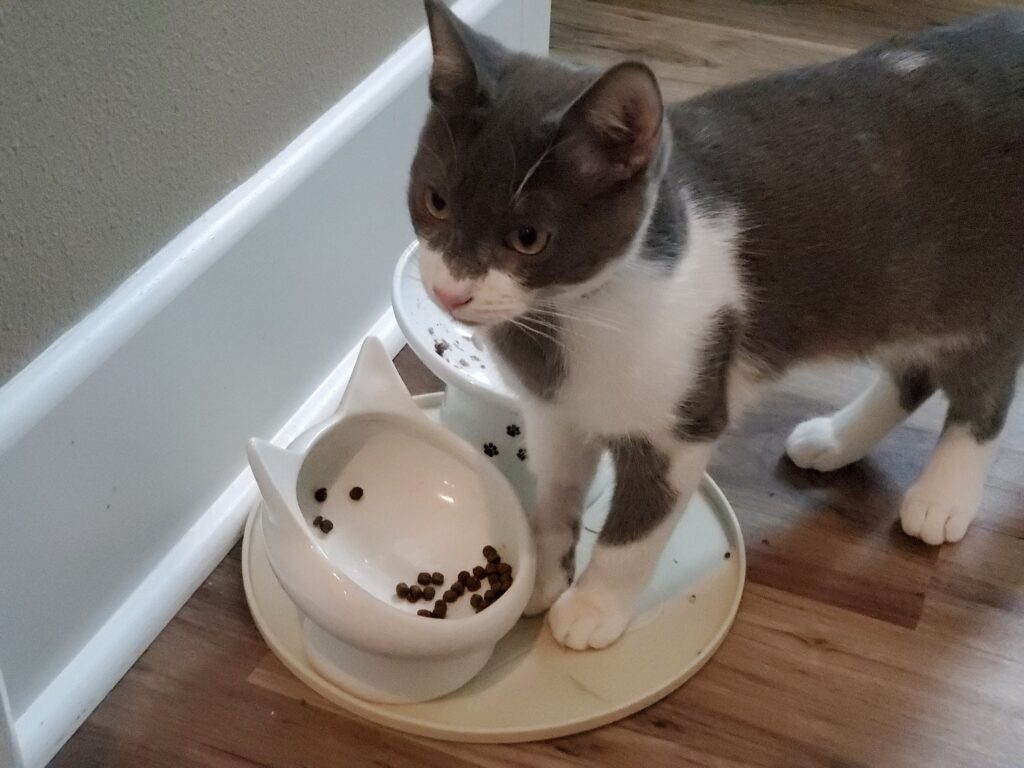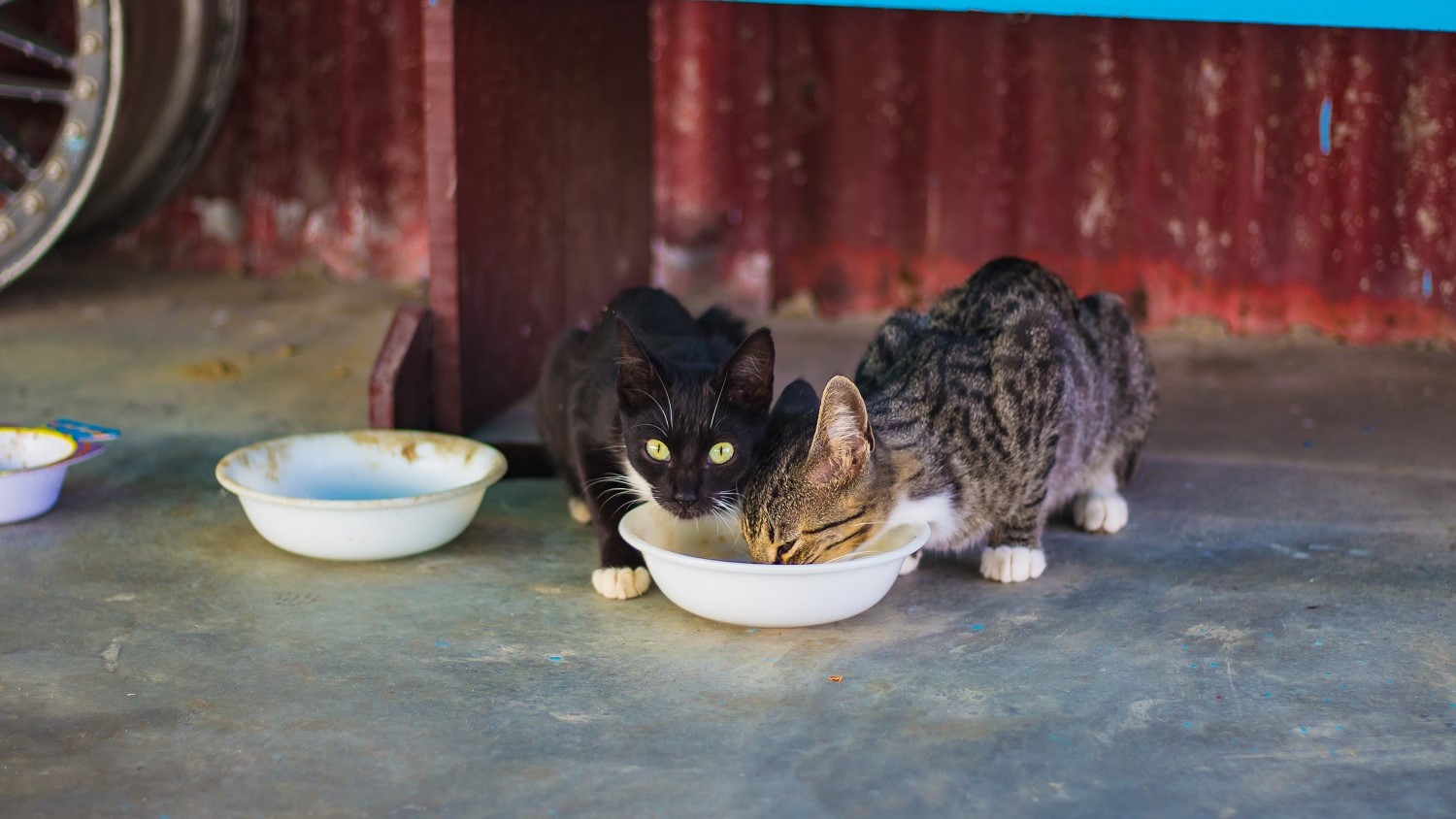You carefully open a can of premium wet food, place it in your cat’s dish, and step back expecting purrs of gratitude. Instead, your cat sniffs it, looks at you like you’ve deeply offended them, and walks away.
Sound familiar?
If your cat seems picky about wet food, you are not alone. Many cat owners struggle to understand why their furry friend refuses certain textures, flavors, or even entire meals. The good news is that this behavior is usually normal and manageable with a little patience and strategy.
Here is what makes cats so particular about wet food and what you can do to keep mealtime from turning into a standoff.
Cats Have Strong Preferences
Cats have extremely sensitive senses, especially smell and taste. Their noses are much better at detecting scents than ours, and their palates are more delicate.
That means:
- A subtle change in ingredients or temperature can make a big difference
- One flavor or texture might be irresistible, while another gets the cold shoulder
- Even the shape of the food or the way it is served can affect whether they will eat it
Picky eating is not always a sign of a problem. It often comes down to preference, habit, or even mood.
Common Reasons Cats Turn Up Their Nose at Wet Food
1. Texture and Consistency
Some cats love pâté. Others will only eat shreds, chunks in gravy, or morsels in sauce. If the texture is not to their liking, they may refuse to eat it altogether.
Even within the same brand, changing from one variety to another can cause a reaction. Try different consistencies to see what your cat prefers and stick with what works.
2. Temperature Matters
Cats are more likely to eat food that is served at or near room temperature. Cold food straight from the fridge often has less scent, which can make it unappealing.
Try warming the food slightly by letting it sit out for 15 minutes or microwaving it for a few seconds. Always check that it is not too hot before serving.
3. Brand or Formula Changes
Even small ingredient adjustments can affect how a food smells or tastes. If your cat was eating their wet food just fine and suddenly refuses it, check the label for changes.
Cats often notice what we don’t, and a reformulation might be enough to put them off.
4. Spoilage or Staleness
Wet food spoils quickly. If it is left out too long or stored improperly, it may develop an off smell or taste.
Make sure you:
- Store leftovers in a sealed container in the fridge
- Use a clean dish at every meal
- Discard uneaten food after 1 to 2 hours
Cats are very good at detecting when something is not fresh, and they will usually avoid anything that seems even slightly questionable.

Just because my big brother calls me a hog doesn’t mean I’ll eat whatever you put in front of me. Seriously, have you ever tasted this stuff? Yuck! And the texture? I mean, what is this anyway? It looks like chopped up bits of mystery meat! It’s all slimy and gross. And don’t even get me started on the smell! Besides, have you seen my fur? I can’t risk getting wet food on it, it’ll ruin my whole vibe! #FoodieKitty #WetFoodIsGross #MyFurIsSexy
Joey
5. Past Illness or Bad Experience
If your cat once felt unwell after eating a certain food, they may associate the smell or taste with discomfort. This is known as food aversion, and it can develop even after a single episode of nausea or stomach upset.
In these cases, switching to a completely different type of wet food may help. Choose something with a different flavor, texture, or scent to avoid triggering the memory.
Should You Be Concerned?
If your cat is occasionally picky but otherwise eating, playing, and acting normally, there is probably nothing to worry about.
But if your cat:
- Stops eating altogether
- Loses weight
- Becomes lethargic
- Shows other signs of illness
…then it is time to call the vet. Appetite loss can be a symptom of a medical issue, and cats should not go more than 24 hours without eating.
For kittens, senior cats, or those with existing health concerns, food refusal should be addressed even sooner.
Tips for Encouraging Your Cat to Eat Wet Food
- Try different textures until you find one your cat likes
- Serve food at room temperature or slightly warmed
- Add a bit of warm water or tuna juice for extra aroma
- Use a flat, shallow dish to prevent whisker fatigue
- Avoid switching brands too often unless necessary
- Mix in a small amount of dry food if your cat prefers it
Consistency and patience are key. It might take some trial and error, but most cats will settle into a routine once they find something they enjoy.
Final Thoughts: Your Cat Is Not Just Being Difficult
Cats are not being dramatic for the sake of it. Their preferences are based on instinct, sensitivity, and past experiences. While it can be frustrating when they refuse food you thought they would love, understanding their needs helps reduce stress for both of you.
With a little creativity and observation, you can find a feeding routine that works, and keep your cat healthy, happy, and well-fed.
Sources:
– Why Is My Cat a Picky Eater? https://www.petmd.com/cat/nutrition/why-cat-picky-eater
– Feline Food Preferences and Feeding Tips https://www.icatcare.org/advice/feeding-your-cat
– How to Encourage Cats to Eat Wet Food https://vcahospitals.com/know-your-pet/feeding-your-cat
– Understanding Cat Taste and Smell https://www.aspca.org/pet-care/cat-care/common-cat-behavior-issues
– Feeding Problems in Cats https://www.humanesociety.org/resources/helping-cat-who-wont-eat
Recent Posts
Your Cat Might Be a Furry Little Healer… or at Least a Fuzzy Alarm System If you’ve ever had your cat suddenly become extra clingy when you’re under the weather, you’re not alone. From...
Cats are experts at hiding things, socks under furniture, their disdain for your playlist, and, unfortunately, symptoms of illness. In the wild, showing weakness could make them a target, so even...


